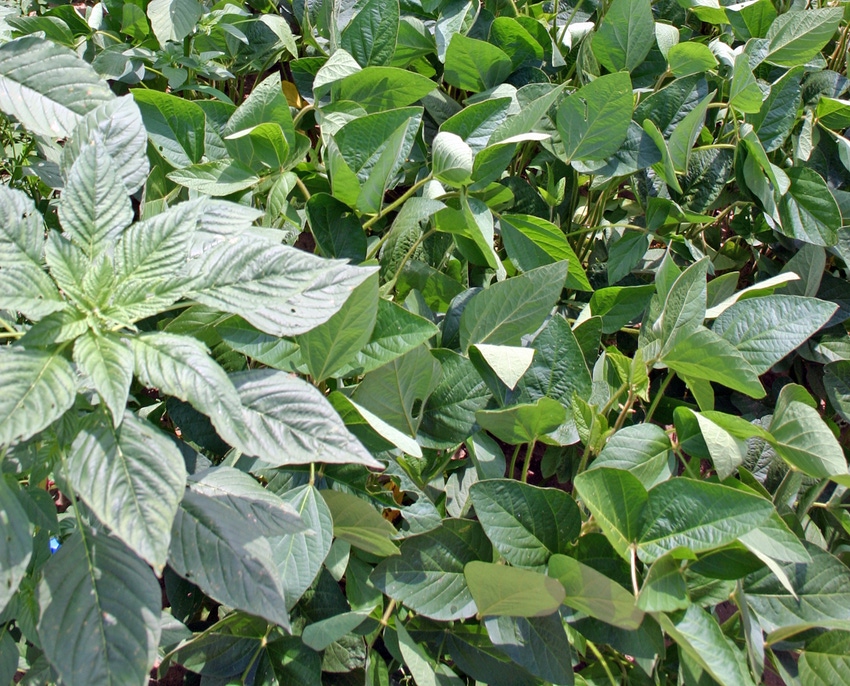April 1, 2016

The number one call I am receiving now is “how can I get by as cheap as possible on weed control without hurting myself?"
First, if you have committed to plant the crop you must be committed to controlling the weeds. The most expensive part of a weed control program usually winds up being the weeds you do not control.
Second, cut out all of the additives and products that are not recommended by the University of Arkansas and the herbicide manufacturer. If there is no unbiased data to support an additive being pushed at you, it is unlikely to contribute anything positive. Follow the herbicide manufacturers’ and the University of Arkansas MP-44 recommendations on the type and amounts of spray adjuvants.
There are a few herbicide labels that call for a quart of crop oil concentrate, but most call for a pint or 1 percent by volume. It seems as if a quart rate has become the standard out in the field. The extra adjuvant will not compensate for missed timing, poor environmental conditions, etc. By the time you have added an extra pint of crop oil to two to four spray applications, you have paid for a herbicide treatment that would have done a lot more good. Normally cheap surfactants and crop oils are as good as the high priced ones.
The most effective and most economical weed control programs in all crops now are those that include residual herbicides. Most all of the residual herbicides are off patent, and there is some really good bang for the buck with properly selected residuals.
Killing all of the weeds you can before they emerge takes a lot of stress off the postemergence program. Failures with postemergence herbicides are where the wheels usually come off in most weed control programs.
Proper postemergence herbicide timing is another key to optimizing input costs. I hear all sorts of reasons why postemergence herbicides did not get applied timely and some are legitimate. However, the weeds don’t care. Palmer amaranth is going to be growing 1 to 4 inches a day — every day you do not get them sprayed regardless of the reason. Missing the proper timing usually guaranteed the treatment will have to be repeated, thus doubling the cost.
A lot of rice has been planted very early, and a lot of it did not get clomazone applied at planting because the growers felt it “was too cold.” Some were also trying to work residual herbicides around rainfall forecasts that did not come true.
Get those residuals applied and activated. There are some excellent combinations using clomazone, pendimethalin, quinclorac and thiobencarb. Once the rice seed has imbibed its germination water, get a delayed treatment out — hopefully in front of a rain. If any grasses are emerging, RiceBeaux combinations with pendimethalin, quinclorac, clomazone or Newpath (in Clearfield) are excellent first postemergence treatment choices. If the early planting causes you to mess up the residual herbicide part of the program it can cost dearly later in the year.
Rice acreage will be up considerably, which means the number of Clearfield and conventional fields in close proximity will be up considerably. Neighbors, please not only put up your “Flag the Technology” flags but also exchange field maps with each other and also each other’s applicators.
Ford Baldwin served as a weed scientist with the University of Arkansas Cooperative Extension Service from 1974 to 2001. Since 2002, he has been a partner in Practical Weed Consultants with his wife, Tomilea. Contact him at [email protected]
About the Author(s)
You May Also Like




